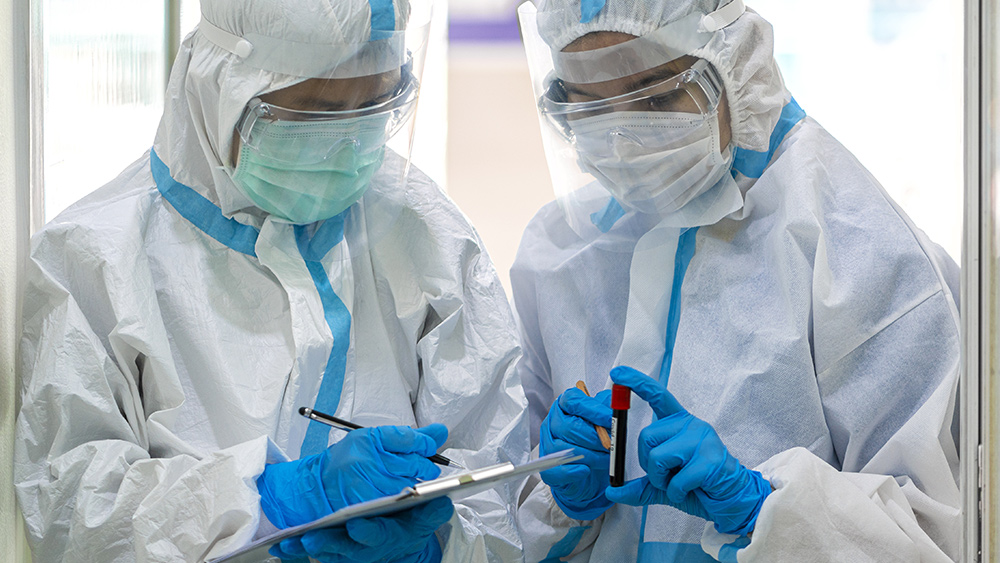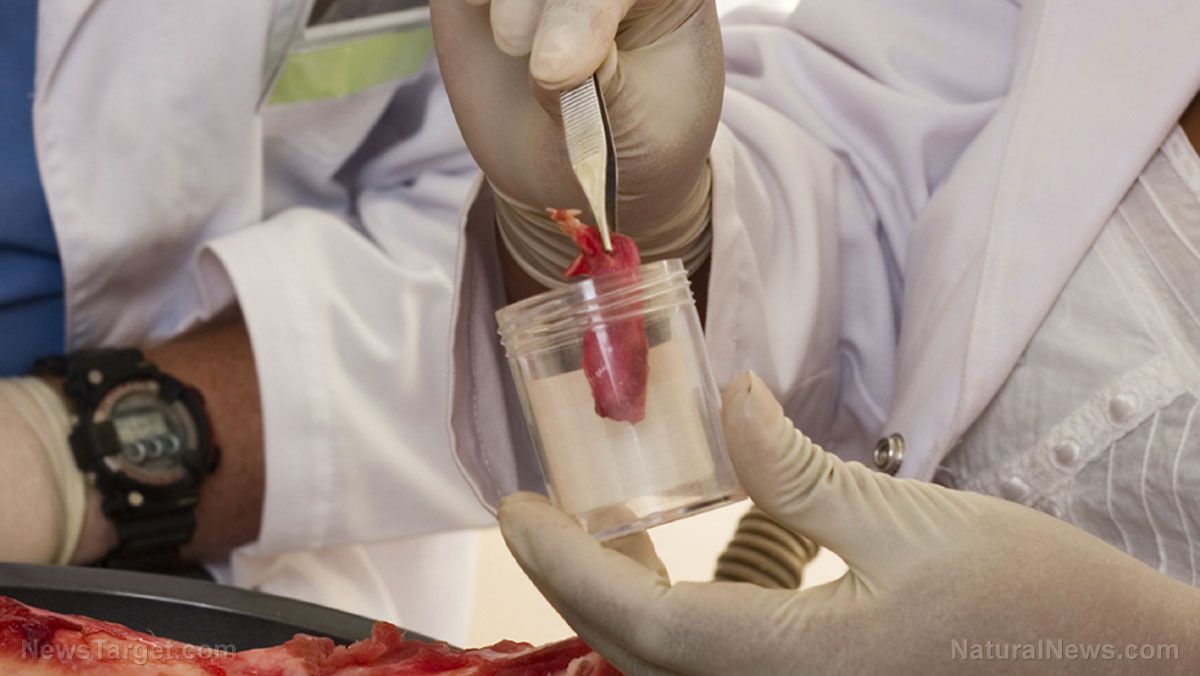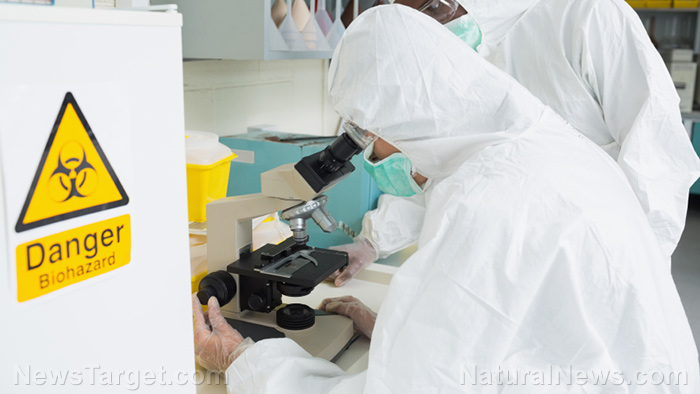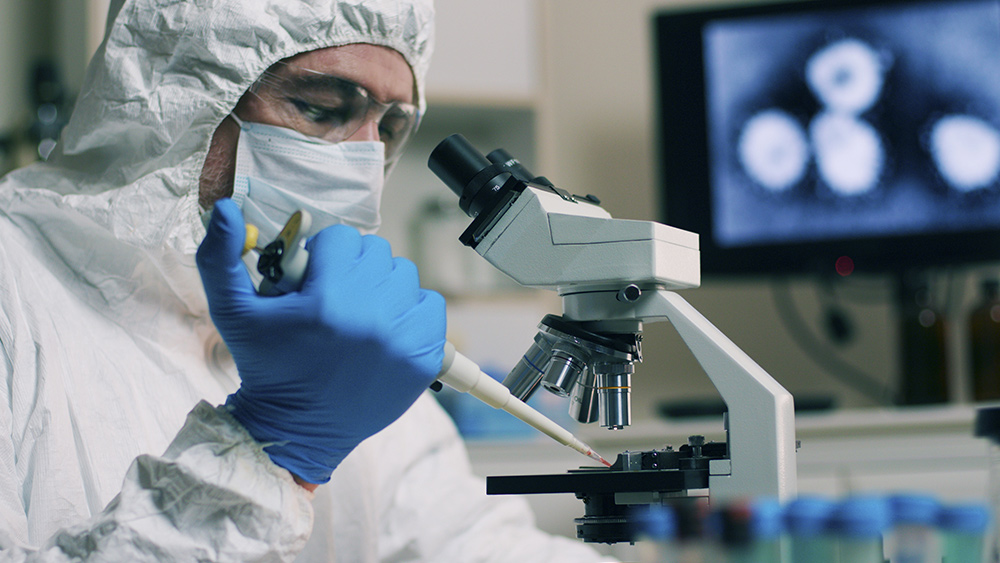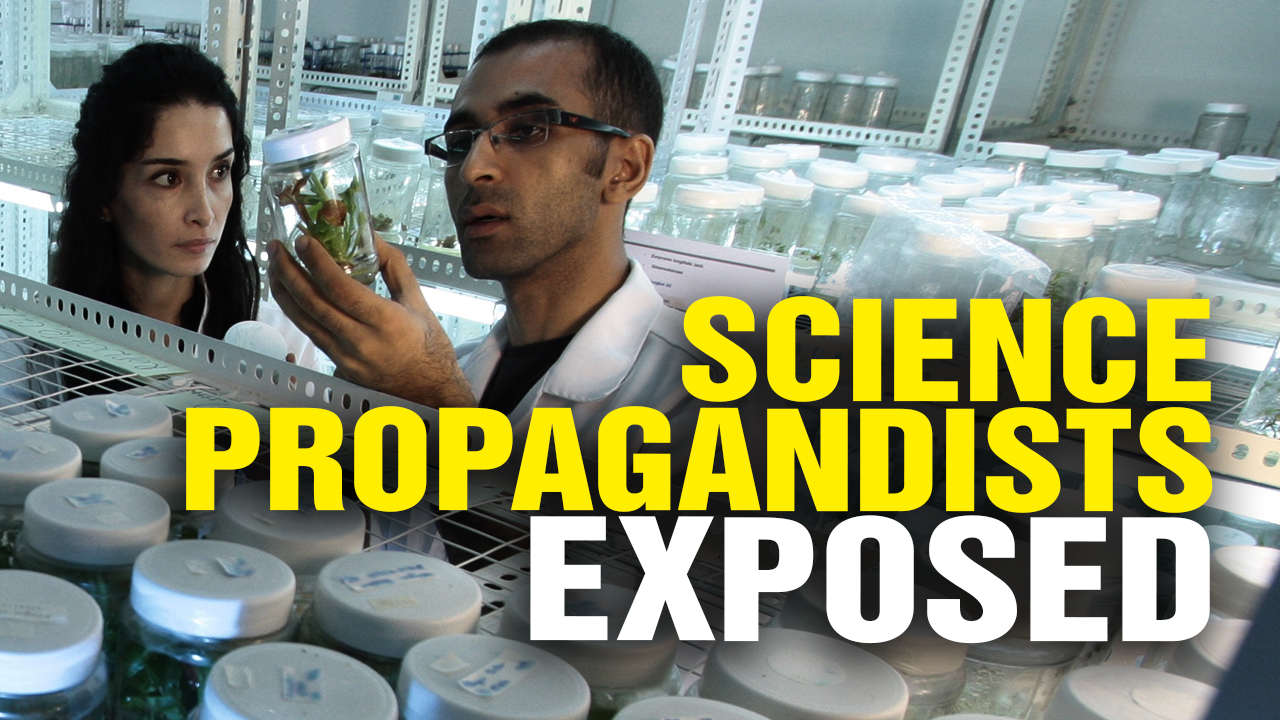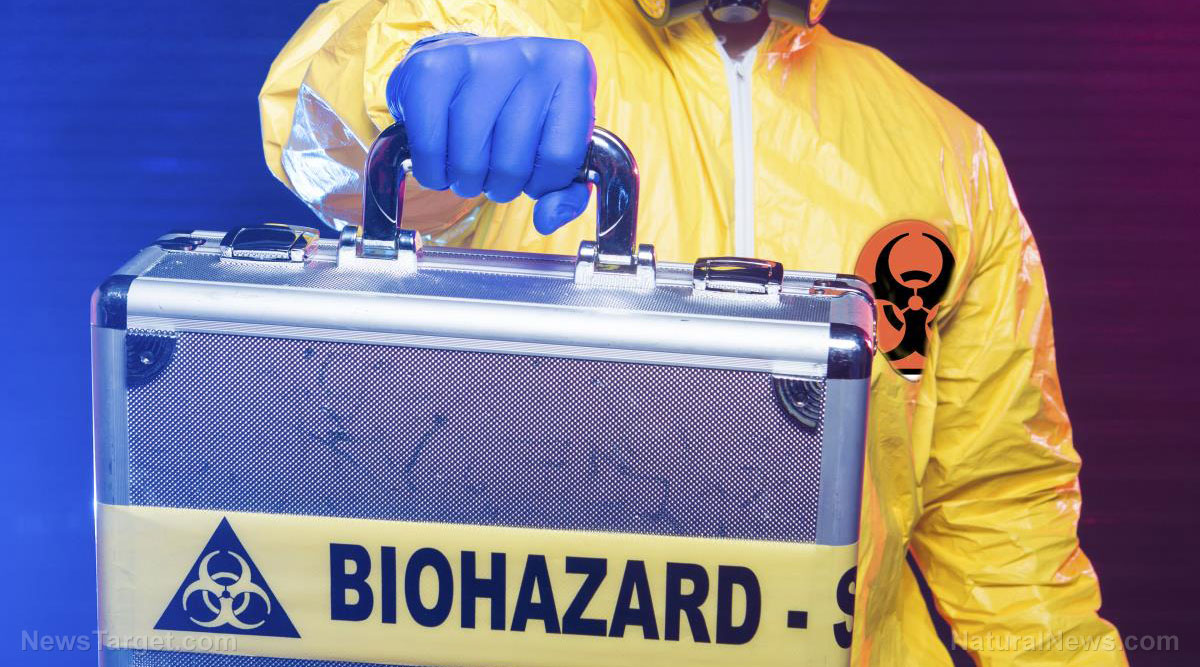ALL attendees at recent health conference who caught COVID were double vaccinated – TAKE THAT FOR DATA!
06/22/2023 / By Ethan Huff

New research published in the JAMA Network Open journal proves once again that getting “vaccinated” for the Wuhan coronavirus (COVID-19) does absolutely nothing to stop the spread of disease.
Every single fully jabbed attendee at the recent 122nd Annual Congress of the German Society of Ophthalmology health conference in Berlin tested positive for COVID despite being “protected,” the study found. All of the positive individuals had received at least two doses of a COVID jab.
Nearly 4,500 people in total attended the conference, which took place last fall from September 28 through October 2, and of this 1,355 filled out a survey about their vaccination and COVID status. Of these 1,355 survey takers, only about half got tested for COVID after the conference, researchers found.
Of those who both filled out the survey and were tested after the conference, 109 people, or 14 percent of the crowd, tested positive for COVID. And of these 109 people, all 109 had gotten at least two doses of a COVID jab, while just 19 of them had evidence of a prior COVID infection.
“In comparison, of the people who filled out the survey and tested negative after the conference, 98 percent were vaccinated and 62.5 percent had proven prior COVID-19,” one media outlet reported.
(Related: Remember when outgoing CDC head Rochelle Walensky lied to America by stating that the fully jabbed could not catch or transmit COVID?)
Isolation increases COVID risk while being around others linked to improved health
According to Dr. Alaa Din Abdin of Saarland University Medical Center UKS in Germany, the results of he and his co-authors’ study shows that a person’s COVID vaccination status “was not associated with SARS-CoV-2 infection during the congress.”
Conversely, prior infection was “significantly associated” with a person testing negative for COVID. Strangely, staying in a private accommodation rather than a shared hotel was associated with a higher rate of infection, suggesting that being around people is healthier for a person than remaining in isolation.
The paper also reveals that those more prone to getting a COVID test are also more likely to get infected, further suggesting that perhaps the tests themselves are spreading disease – though the study researchers blamed it on declining jab protection due to the onset of new “Omicron” variants and subvariants.
“This higher rate could be because the congress took place during the Omicron surge, which was locally and temporally different compared with the variants in other studies,” the authors said, trying to come up with an excuse for this apparent “anomaly.”
“The Omicron variant had a much higher transmission rate and lower vaccine efficacy due to immune escape of the new subtype,” they further claimed.
Another similar survey conducted by the Centers for Disease Control and Prevention (CDC) that looked at attendees at a different conference, that of the Academic Surgical Congress held in Atlanta, arrived at similar conclusions.
In that one, everyone who responded to the survey, 1,443 participants out of 1,800 total in attendance, and tested positive for COVID had received at least one dose of a COVID injection. Of those who responded, 181 reported testing positive, and about half of these had previously had a COVID infection.
Somehow, the CDC concluded that these findings “underline the importance of vaccination for protecting individuals against severe illness and death related to COVID-19.”
“I still don’t understand the mass hysteria and panic over a flu bug,” one commenter wrote about how COVID should already be long gone from the public lexicon – other than that pertaining to the punishment of all the COVID criminals who committed crimes against humanity.
The latest news about the farce of COVID “vaccination” can be found at Immunization.news.
Sources for this article include:
Submit a correction >>
Tagged Under:
biological weapon, conference, COVID, infections, outbreak, pandemic, real investigations, research, spike protein, vaccinated, vaccine damage, vaccine injury, vaccine wars, vaccines
This article may contain statements that reflect the opinion of the author
RECENT NEWS & ARTICLES
COPYRIGHT © 2017 RESEARCH NEWS







